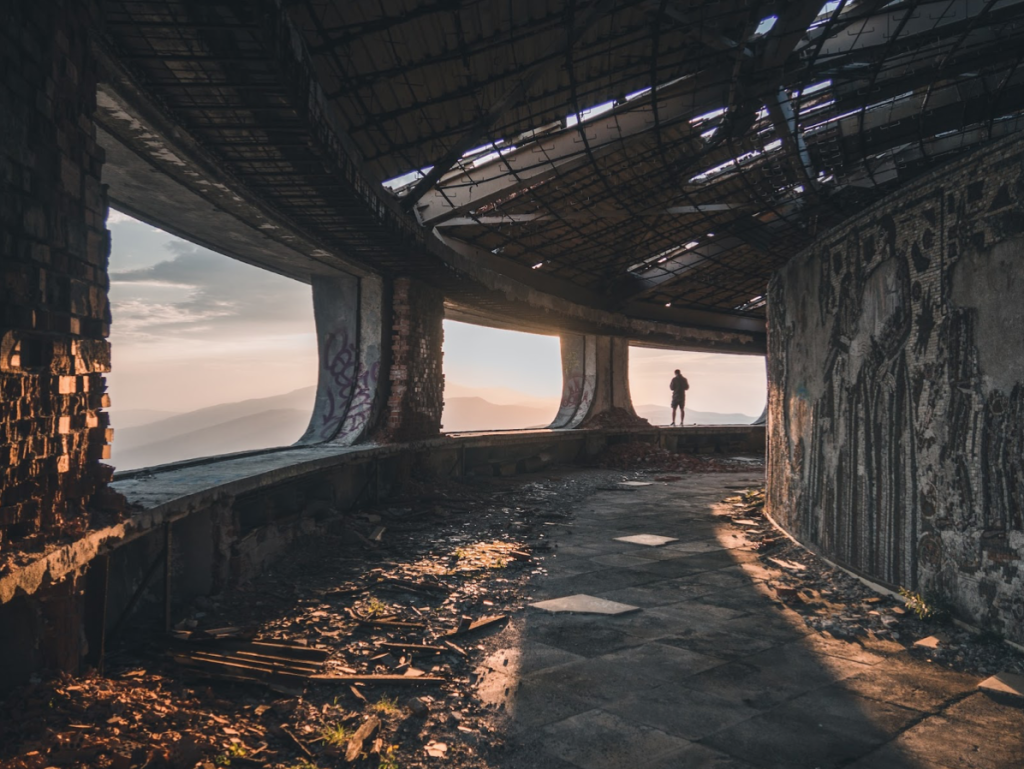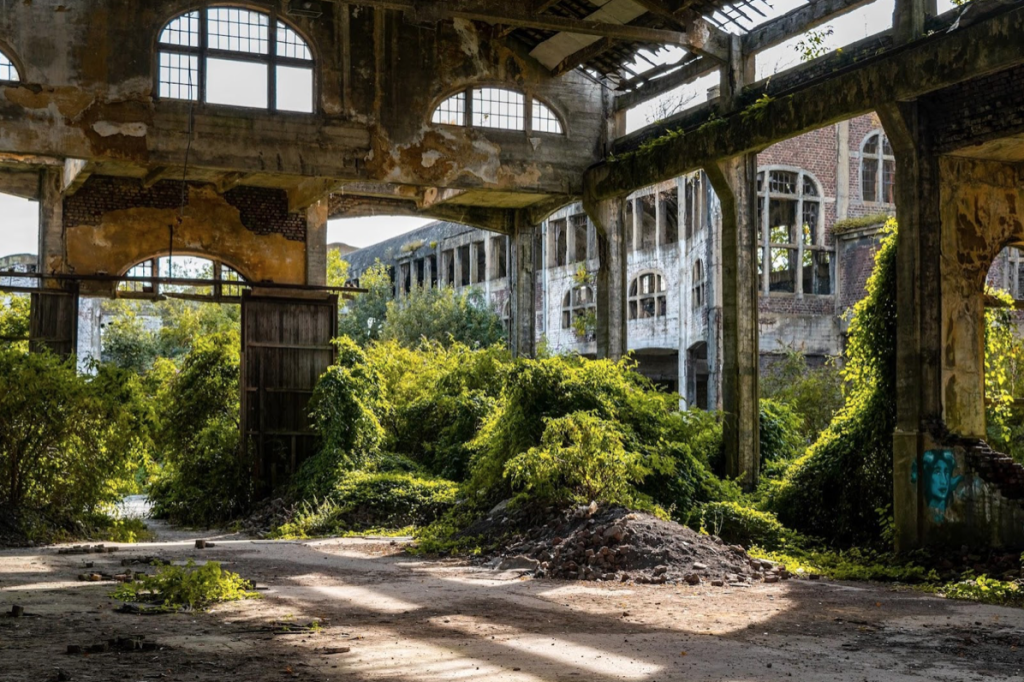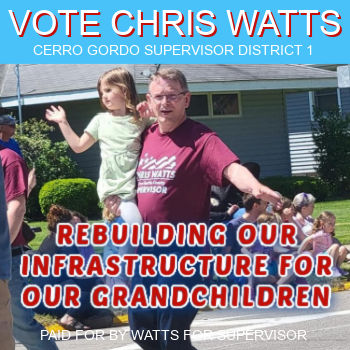Are you a city-dweller looking for innovative ways to address urban blight and repurpose abandoned urban land? If so, have we got exciting news for you. In this blog post, we’ll explore the process of transforming seemingly useless spaces into vibrant hubs that add real value to cities. We’ll look at examples of successful land rehabilitation projects in various cities—from creating vertical farms on parking lots to turning historic buildings into cultural centers. You’ll learn how environmental sustainability has become an integral part of revitalizing underutilized spaces as well as strategies and considerations for ensuring success when redeveloping forgotten areas. So let’s dive in deeper together and discover why renovating dilapidated properties is worth it in the end!

Start by Selling What You Can
One effective way to revitalize abandoned spaces is by first selling off any valuable items that may be present on the property. This could include salvaging building materials, fixtures, and furniture that can be reused or repurposed in future development projects. By doing this, not only do you generate some funds for your renovation project but you also reduce the amount of waste that would have ended up in landfills. Whether it’s a junk car buyer in San Antonio or a scrap metal recycling company in New York City, there are plenty of businesses that specialize in buying and repurposing items from abandoned properties. So before you start any renovation work, take inventory of what can be sold or donated to other projects.
Overview of the Challenge
Revitalizing urban spaces is an uphill battle, fraught with numerous challenges that make achieving the goal of creating a vibrant public area a daunting task. The complex and often dense urban environment means that renovating such areas requires careful planning, coordination, and execution to transform once-neglected spaces into ones that are lively and inviting. Challenges include budget constraints, competing interests, limited space, and the need to balance various community needs and preferences. These challenges, however daunting they may seem, can be overcome by harnessing the power of creativity, innovation, and community engagement. With careful planning and strategic partnerships, it is possible to turn even the bleakest urban spaces into vibrant, thriving public areas that enrich the lives of city residents and visitors alike.
Identifying Urban Renewal Opportunities
Urban renewal presents a unique opportunity to revitalize a community and bring new life to areas that have been neglected. But how do you go about identifying potential areas for redevelopment? One strategy is to look for underutilized land or buildings in areas with significant economic potential. Another option is to focus on areas with high population growth and limited development. Once you’ve identified a potential area, you’ll need to acquire the necessary land or properties. This could involve working with property owners or local government agencies to negotiate a sale. With the right approach and a bit of resourcefulness, identifying urban renewal opportunities can be a rewarding process that benefits both the community and the investors involved.
Strategies for Sustainable Development
Sustainable development has become a critical issue in today’s world, and it is vital that we adopt strategies that can bring about long-lasting changes. There are various ways to achieve this, such as the use of renewable energy, minimizing carbon emissions, and implementing responsible waste management practices. We can also promote sustainable agriculture, employ sustainable transport systems, and encourage green buildings that are energy-efficient. Education and awareness campaigns can also play a significant role in helping people understand the importance of making sustainable changes. Ultimately, it is vital that we come together as a global community to address the challenges of sustainability and work towards a brighter future for generations to come.
Adapting Existing Structures
Abandoned buildings are a common sight in many cities around the world. While they may serve as reminders of a once-vibrant past, they often pose a number of problems for the communities they inhabit, such as safety hazards or an eyesore for residents. However, there is a growing movement to repurpose these structures and transform them into useful, functional spaces that breathe new life into neglected neighborhoods. Whether it’s a former factory that becomes a community center or a vacant lot that transforms into an urban garden, repurposing abandoned buildings can be not only a practical solution to urban blight but also a creative way to preserve history and promote community engagement.
Community Engagement
Community engagement plays a crucial role in revitalizing an area, as it ensures that the needs and interests of local stakeholders are considered in any plans or initiatives. Involving the community in decision-making processes fosters a sense of ownership and pride in the area, leading to greater investment and ultimately, a vibrant and thriving community. To gather feedback from local stakeholders effectively, it is important to organize public meetings and forums, conduct surveys and polls, actively listen to input and suggestions, and provide channels for ongoing communication and collaboration. By prioritizing community engagement, local leaders and officials can work together with residents to create a shared vision for the future of their neighborhood or town.
Funding and Finance Solutions
Renovating a blighted urban space is no small feat, and it often requires significant financial resources. However, with the right approach and creative thinking, there are various funding and finance solutions available to support such projects. These include public-private partnerships, grant programs from government agencies or non-profit organizations, crowdfunding initiatives, and tax incentives for developers. Additionally, leveraging existing resources within the community can also be a valuable strategy—for example, partnering with local businesses or universities to provide materials or expertise for renovation projects. With careful budget planning and diverse funding sources, renovating abandoned urban spaces can be achievable without putting undue strain on any single entity.

Urban renewal is not just about re-creating the built environment – it’s about transforming cities by engaging those who live and work there. By investing in revitalization efforts, cities can create vibrant public places that benefit local businesses, residents, and visitors alike. Through strategic planning, grassroots initiatives, and creative use of existing structures, we have the opportunity to drive positive change for generations to come. Ultimately, the success of any urban renewal project lies in thoughtful collaboration between governments, citizens, and stakeholders. So take action now and get involved in your local community to help bring new life to your city! With determination and a little bit of creativity, we can all contribute to reinventing urban spaces for a better tomorrow.







